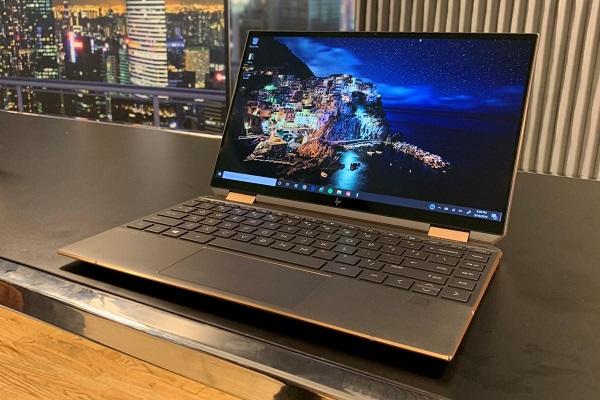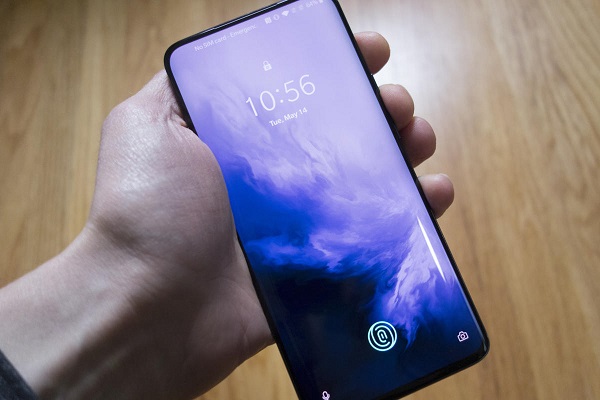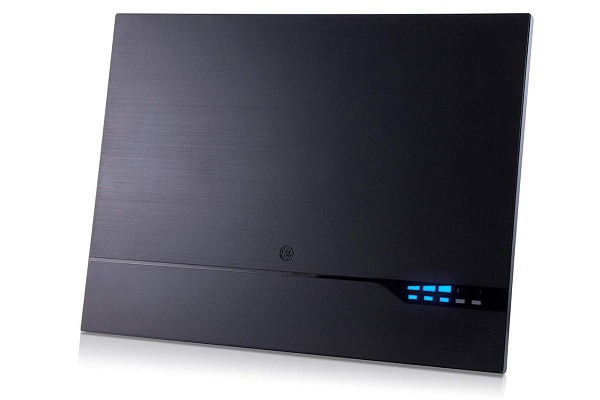Hands-on with HP’s new Spectre x360 13

More of a refinement than last year’s full-on revamp, the latest HP Spectre x360 shaves off nearly an inch of depth, crams a tiny IR camera into its super-slim display bezel, and boasts crazy battery life. Oh, and Ice Lake! Set for release in October, the new HP Spectre x360 13 features the same classy gem-cut design as its predecessor, although a ruler will tell you that it’s nearly an inch (or 23mm, to be precise) less deep. Specifications CPU: Core i7-1065G7 or Core i5-1035G1 Graphics: Integrated Iris Plus (Core i7) or Intel UHD G1 (Core i5) Memory: Up to 16GB LPDDR4 Storage: Up to 1TB SSD with 32GB of Intel Optane memory Display: 13.3-inch 1W FHD (400 nits), UHD AMOLED (400 nits), FHD with Sure View privacy toggle (1,000 nits, available January 2020) Networking: Wi-Fi 6, optional Gigabit LTE with 4x4 antennas Connectivity: Two Thunderbolt 3 ports, one USB 3.1 Gen 1 Type-A port, combo audio jack Dimensions: 15.5 x 7.66 x 0.67 Weight: 2.88 pounds












